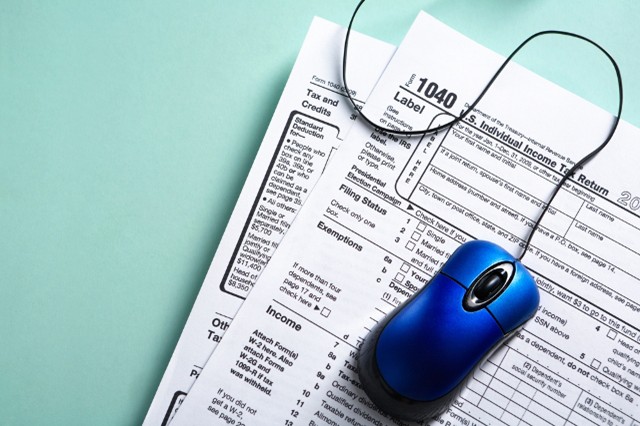Need to know – What’s new in tax for individuals? Posted on October 9, 2018

Mature age worker tax offset
You can no longer claim the mature age worker offset in your tax return. Previously, to be eligible for the offset, you needed to be an Australian resident, be born before July 1, 1957, and receive income from working (within certain limits).
The 2013-14 tax return was the last return in which you could have claimed the offset. You won’t be able to claim it in your 2015 tax return. There is however the Restart program, which is a wage subsidy scheme for over 50 workers.
Dependent spouse tax offset
You can no longer claim the dependent spouse tax offset in your tax return.
In addition, a person who is eligible for the zone tax offset, overseas civilian or overseas forces tax offset will, from July 1, 2014, only be entitled to claim for a dependent (including a spouse) who is an invalid or cares for an invalid.
If you have claimed the DSTO by reducing the tax withheld by your employer during the year, this may result in you having an amount to pay when you lodge your tax return. You’ll need to give an updated TFN declaration (or withholding declaration) to your employer for 2015-16 income tax assessment. This is the final year you can claim the offset.
This does not apply to you if you had medical expenses relating to disability aids, attendant care and aged care. You can continue to claim the offset for these expenses until June 30, 2019.
Temporary budget repair levy
As part of the 2014-15 federal budget, the government introduced a temporary budget repair levy. Individual taxpayers with a taxable income of more than $180,000 will have had additional tax withheld by their employer, starting from July 1, 2014.
The levy is payable at a rate of 2% of each dollar of a taxpayer’s taxable income over $180,000 or less. If the levy applies to your income, it will generally appear on your Notice of Assessment you receive after you lodge your 2015 tax return.
Changes for 2015-16
Some changes won’t affect your present tax return, but they may have an impact in the new financial year (from July 1, 2015 to June 30, 2016) for your 2016 tax time.
Private health insurance
From July 1, 2015, the income thresholds used to calculate Medicare levy surcharge (MLS) and private health insurance (PHI) rebate will not be adjusted for three years. Freezing the thresholds from 2015-16 to 2017-18 may result in people with incomes just below each threshold moving into a higher income threshold sooner if their income increases. This means:
- If you have private health insurance, your private health insurance rebate percentage entitlement may decrease
- If you do not have the appropriate level of private patient hospital cover, you may have to pay the Medicare levy surcharge, or if you paid the surcharge in the previous year, your surcharge rate may increase.
If you have a pay increase, you may wish to contact your health fund to nominate a different rebate tier to ensure that the correct rebate tier is applied.
No increase to the tax-free threshold
The tax cuts that were due to commence July 1, 2015 will no longer apply. This means that the tax-free threshold remains at $18,200 and the second marginal tax rate remains at 32.5%.





